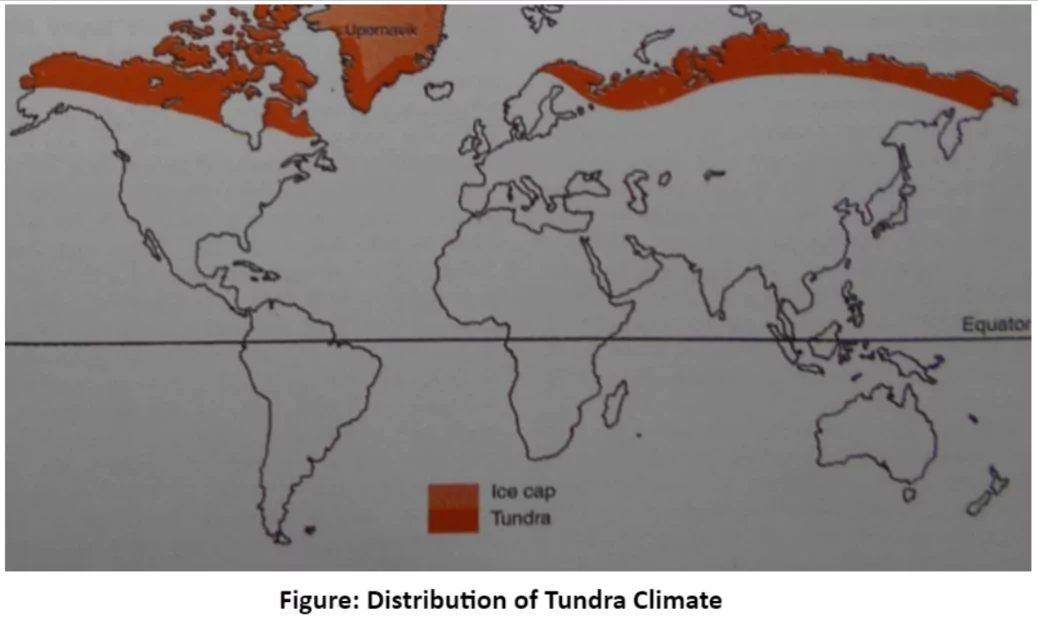![]() May 1, 2024
May 1, 2024
![]() 2176
2176
![]() 0
0
The tundra climate, found in Arctic and polar regions, features extreme cold and limited vegetation. Snow-covered landscapes and low temperatures define this harsh environment. Despite brief summers, plant growth is inhibited by frozen soil and weak sunlight. Human activities, mostly coastal, adapt to these challenging conditions, with traditional tribes like the Eskimos relying on hunting and fishing.


| Must Read | |
| Current Affairs | Editorial Analysis |
| Upsc Notes | Upsc Blogs |
| NCERT Notes | Free Main Answer Writing |
<div class="new-fform">
</div>
Latest Comments